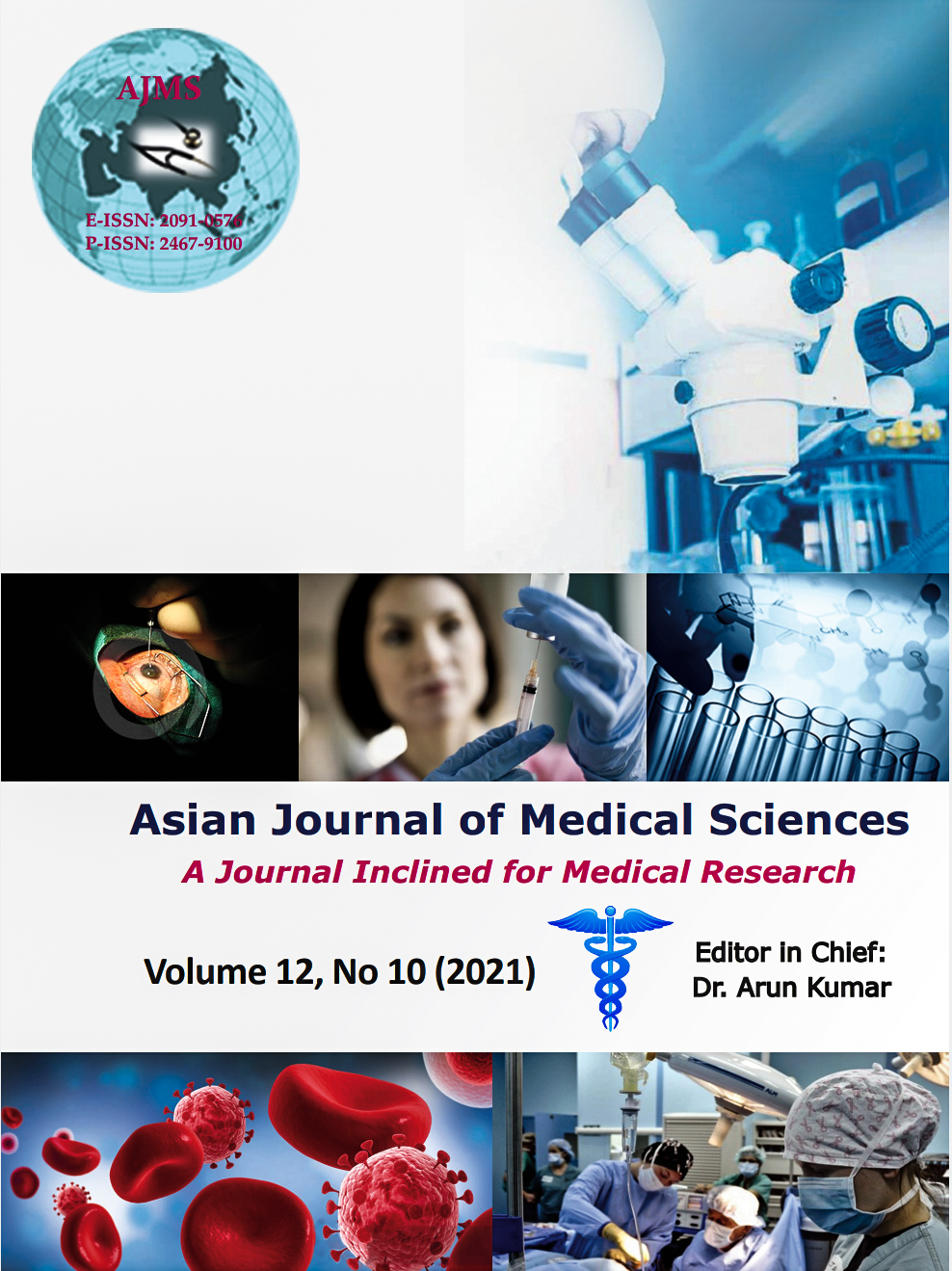Clinicopathological profile of paediatric vitellointestinal duct anomalies
Keywords:
Paediatric Vitellointestinal duct anomaly, Histology, Ectopic tissueAbstract
Background: Vitellointestinal duct (VID) or Omphalomesenteric duct (OMD) is the embryonic connection between the yolk sac and the primitive midgut. Anomalies result from failure of the involution of the VID. Normally, it obliterates between the fifth and seventh weeks of fetal life. They include Meckel’s diverticulum (MD), fibrous band, fistula, sinus tract, cyst, and umbilical polyp. Symptomatic cases require surgical correction. They are characterised by different clinical presentations and histological appearances. This study gathers a single paediatric institutional experience of VID remnants, their demographic, clinical profile, varied histomorphology including the presence of ectopic tissues.
Aims and Objectives: The objective of this study was to retrospectively review all the symptomatic cases of VID abnormalities at a tertiary pediatric referral hospital. The demographic profile, clinical presentation, and histopathology were reviewed and descriptively analyzed. We classified these anomalies based on embryology and histology. The findings of this study will provide insights to pathologists and treating clinicians less exposed to these rare lesions.
Materials and Methods: Data was retrieved retrospectively from the pathology records of a tertiary paediatric referral institute for 3 years. Histological slides of VID anomalies were reviewed and a descriptive analysis of the findings was performed. A thorough review of the literature was also done on these very rare lesions and their findings compared to our results.
Results: A total of 60 cases of VID anomalies were encountered during the study period. There was significant male preponderance. The most common age group at surgery was infancy. MD was the commonest VID anomaly. The least common was vitelline fistula and only a single case was encountered in the study period. Ectopic tissues were seen in 25% of the cases and included gastric and colonic mucosae and pancreatic tissue.
Conclusion: The histopathology of VID anomalies provides an interesting diagnostic experience for the reporting pathologist. Awareness of the embryology, presentation and histology of these lesions aids in accurate diagnosis.
Downloads
Downloads
Published
How to Cite
Issue
Section
License
Copyright (c) 2021 Asian Journal of Medical Sciences

This work is licensed under a Creative Commons Attribution-NonCommercial 4.0 International License.
Authors who publish with this journal agree to the following terms:
- The journal holds copyright and publishes the work under a Creative Commons CC-BY-NC license that permits use, distribution and reprduction in any medium, provided the original work is properly cited and is not used for commercial purposes. The journal should be recognised as the original publisher of this work.
- Authors are able to enter into separate, additional contractual arrangements for the non-exclusive distribution of the journal's published version of the work (e.g., post it to an institutional repository or publish it in a book), with an acknowledgement of its initial publication in this journal.
- Authors are permitted and encouraged to post their work online (e.g., in institutional repositories or on their website) prior to and during the submission process, as it can lead to productive exchanges, as well as earlier and greater citation of published work (See The Effect of Open Access).




